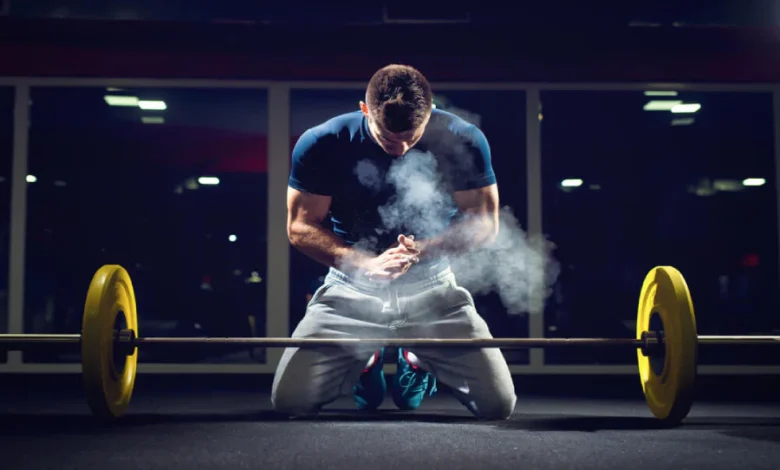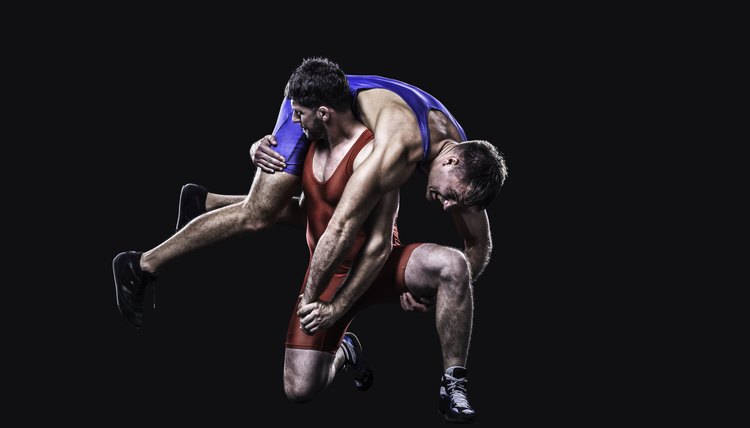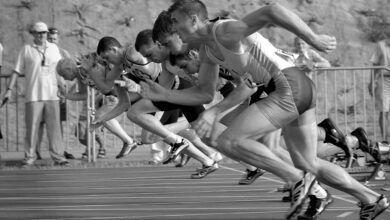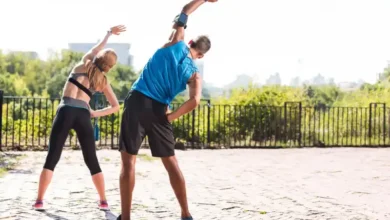A Beginner’s Guide to Strength Training for Wrestlers

Strength training is an essential component of a wrestler’s training regimen. Building strength not only enhances performance on the mat but also helps prevent injuries and improves overall athleticism. Whether you’re a novice wrestler looking to improve your skills or a seasoned competitor aiming to take your game to the next level, incorporating a structured strength training program into your routine can yield significant benefits. In this comprehensive guide, we’ll explore the fundamentals of strength training for wrestlers, including key exercises, programming principles, and tips for maximizing your training results.
1. Understanding the Importance of Strength Training for Wrestlers

Wrestling is a physically demanding sport that requires strength, power, and endurance. Strength training plays a crucial role in developing the physical attributes necessary to excel on the mat. By building strength and muscle mass, wrestlers can improve their takedowns, escapes, and overall grappling ability. Additionally, strength training helps enhance joint stability, reduce the risk of injury, and improve resilience against the physical demands of the sport.
2. Building a Foundation: Core Strength training for Wrestlers
The core is the foundation of strength and stability for wrestlers. A strong core not only improves balance and coordination but also enhances the transfer of force between the upper and lower body during wrestling movements. Incorporate exercises that target the abdominals, obliques, and lower back into your training program, such as planks, Russian twists, and Superman holds.
3. Compound Exercises for Total-Body Strength
Compound exercises are multi-joint movements that engage multiple muscle groups simultaneously, making them highly effective for building strength and muscle mass. Incorporate the following compound exercises into your strength training routine:
- Squats: Squats are a foundational lower-body exercise that targets the quadriceps, hamstrings, glutes, and core. Variations such as back squats, front squats, and goblet squats can be incorporated to target different muscle groups and movement patterns.
- Deadlifts: Deadlifts primarily target the posterior chain, including the hamstrings, glutes, lower back, and grip strength. Conventional deadlifts, sumo deadlifts, and Romanian deadlifts are variations that can be included to develop strength and power.
- Bench Press: The bench press is a classic upper-body exercise that targets the chest, shoulders, and triceps. Incorporate both barbell and dumbbell variations to promote muscle balance and stability.
- Pull-Ups/Chin-Ups: Pull-ups and chin-ups are excellent exercises for developing upper-body strength and pulling power. They target the back, biceps, and grip strength, which are essential for executing takedowns and controlling opponents.
4. Explosive Power Development
Explosive power is critical for generating quick, explosive movements on the mat, such as takedowns, throws, and escapes. Incorporate plyometric exercises and Olympic lifts into your training program to develop power and speed. Examples of plyometric exercises include box jumps, medicine ball throws, and plyometric push-ups. Olympic lifts such as the clean and jerk and snatch are advanced movements that require proper technique and coaching but can significantly enhance explosive power when performed correctly.
5. Periodization and Progression
Periodization is the systematic planning and organization of training variables, such as volume, intensity, and exercise selection, to optimize performance and prevent overtraining. A well-structured strength training program for wrestlers should incorporate periodization principles to ensure progressive overload and continued adaptation. Start with a base phase focused on building foundational strength and movement proficiency, then progress to more advanced phases emphasizing power development and sport-specific conditioning. Incorporate deload weeks and recovery periods to allow for adequate rest and adaptation.
6. Injury Prevention and Mobility Work
Injury prevention is a crucial aspect of strength training for wrestlers, as injuries can sideline athletes and hinder performance. Incorporate mobility exercises and prehabilitation drills into your training routine to address muscle imbalances, improve joint stability, and reduce the risk of injury. Focus on areas commonly prone to injury in wrestling, such as the shoulders, knees, and lower back. Foam rolling, dynamic stretching, and corrective exercises can help improve mobility and movement quality.
7. Recovery and Regeneration Strategies
Recovery is just as important as training when it comes to optimizing performance and preventing overtraining. Incorporate strategies to promote recovery and regeneration, such as adequate sleep, nutrition, hydration, and stress management. Active recovery techniques such as light jogging, swimming, or yoga can help enhance circulation and alleviate muscle soreness. Make time for rest and relaxation to allow your body to recover fully between training sessions.
8. Consistency and Commitment
Consistency and commitment are key to success in strength training for wrestlers. Stick to your training program, even when motivation wanes or life gets busy. Consistent effort over time is what leads to meaningful progress and improvement. Set realistic goals, track your progress, and celebrate your achievements along the way. Remember that strength training is a long-term investment in your athletic development and overall well-being.
9. Mental Strength and Mindset Training
Wrestling is not just a physical battle but also a mental one. Developing mental strength and resilience is crucial for success on the mat, as it can help wrestlers maintain focus, overcome adversity, and perform at their best under pressure. Incorporate mental strength and mindset training into your regimen to enhance your competitive mindset and mental toughness.

- Visualization: Visualization is a powerful technique used by athletes to mentally rehearse their performance and visualize success. Take time to visualize yourself executing perfect technique, winning matches, and achieving your goals. Visualize yourself overcoming challenges and setbacks with confidence and resilience.
- Positive Self-Talk: Monitor your internal dialogue and replace negative self-talk with positive affirmations and self-encouragement. Instead of dwelling on mistakes or shortcomings, focus on your strengths, progress, and potential. Use affirmations such as “I am strong,” “I am capable,” and “I am prepared” to boost confidence and self-belief.
- Goal Setting: Set specific, measurable, and achievable goals for your wrestling performance, both short-term and long-term. Break down larger goals into smaller, actionable steps, and create a plan to work towards them systematically. Celebrate your progress and achievements along the way, and adjust your goals as needed based on feedback and experience.
- Resilience and Adaptability: Wrestling is unpredictable, and matches often require quick thinking and adaptation to changing circumstances. Cultivate resilience and adaptability by embracing challenges as opportunities for growth and learning. Focus on controlling the controllable and maintaining composure in the face of adversity. Learn from setbacks and mistakes, and use them as fuel for improvement.
Conclusion
Strength training is a fundamental component of a wrestler’s training regimen, providing the foundation for improved performance, injury prevention, and overall athletic development. By incorporating compound exercises, explosive power training, periodization principles, and injury prevention strategies into your training program, you can maximize your strength gains and take your wrestling game to the next level. Stay committed, stay consistent, and embrace the journey of continual improvement on and off the mat. With dedication and perseverance, you can achieve your goals and reach your full potential as a wrestler.





